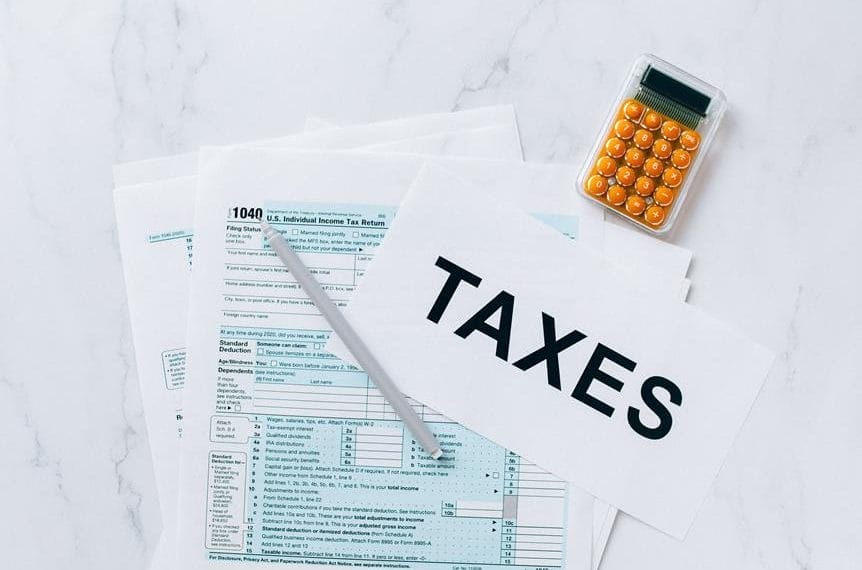If you’re facing bankruptcy and have a car loan, it’s important to understand the implications. Filing for bankruptcy can put your vehicle at risk of repossession, as it may be considered a secured debt. But don’t worry, there are options available to help you protect your assets and keep your car.
In this article, we’ll explore the different paths you can take to navigate bankruptcy while holding onto your car. Whether it’s reaffirming your current car loan, continuing to make payments, redeeming the loan, or negotiating with the lender, we’ve got you covered. Let’s dive in!
Before we delve into the specifics of each option, it’s essential to understand that the path you choose will depend on your unique financial circumstances and goals. There isn’t a one-size-fits-all solution, but by exploring these avenues, you’ll be better equipped to make the right decision for your situation.
So, if you own a car and are considering bankruptcy, keep reading to learn how you can protect your car loan, manage your debt, and safeguard your financial future.
Reaffirming Your Current Car Loan
If you want to keep your car during bankruptcy, one option you have is to reaffirm your current car loan. This involves completing a court-approved reaffirmation agreement, which is a legal contract stating your commitment to repay the debt. By signing this agreement, you are excluding the car loan from your bankruptcy filing and agreeing to continue making payments.
It is important to note that if you fail to sign the reaffirmation agreement or make the required payments, the lender may repossess the vehicle. However, reaffirming your car loan allows you to retain ownership of your car and maintain your payment obligations.
Most lenders require a court-approved reaffirmation agreement as it provides them with the reassurance that they will receive the full repayment. This agreement protects their interests while offering you the opportunity to keep your car.
When reaffirming your car loan, it is crucial to understand the terms of the agreement and be aware of your financial capabilities. Make sure you can comfortably meet the repayment obligations specified in the agreement without straining your budget.
Benefits of Reaffirming Your Car Loan:
- Retain ownership of your car.
- Maintain your credit score by demonstrating responsibility and fulfilling your payment obligations.
- Keep the vehicle you rely on for transportation.
- Protect your investment and avoid the hassle of finding alternative transportation options.
Risks of Reaffirming Your Car Loan:
- If you do not make the required payments, the lender can repossess your car.
- Reaffirming the car loan means that the debt will not be discharged in bankruptcy, and you will remain responsible for the repayment.
Before reaffirming your car loan, carefully evaluate your financial situation and consider consulting with an experienced bankruptcy attorney who can provide guidance based on your specific circumstances.
| Pros | Cons |
|---|---|
| Retain ownership of your car. | Failure to make payments can result in repossession. |
| Demonstrate responsibility and maintain a good credit score. | Debt will not be discharged in bankruptcy. |
| Keep the vehicle you rely on for transportation. | |
| Protect your investment and avoid the hassle of finding alternative transportation options. |
Continuing to Make Payments
Another option for keeping your car during bankruptcy is to continue making payments on the loan without completing a reaffirmation agreement. Some lenders allow borrowers to keep making payments without a reaffirmation agreement, while others may require one. It is important to stay current on your payments and communicate with the lender to ensure that your loan remains in good standing.
Keep in mind that you may not receive monthly statements from the lender after filing for bankruptcy, so it is your responsibility to contact them for payment information. While this can be an inconvenience, staying proactive and reaching out to the lender will help you stay on top of your loan payments and avoid any issues.
This option allows you to keep your vehicle while still fulfilling your loan obligations. By making consistent and timely payments, you demonstrate your commitment to repaying the loan and improving your creditworthiness. Although the reaffirmation agreement is not required in this scenario, it’s essential to maintain a good relationship with the lender and handle your financial responsibilities responsibly.
Benefits of Continuing to Make Payments
- Retain ownership of your vehicle without a reaffirmation agreement
- Continue building a positive payment history, which can benefit your credit score
- Maintain a working relationship with your lender for potential future credit needs
Redeeming the Car Loan or Negotiating with the Lender
If you find yourself in a situation where the value of your car is less than the amount owed on the loan, there are options available to help you keep your car during bankruptcy. One option is car loan redemption, which involves reducing the loan balance to the fair market value of the vehicle. To achieve this, you can apply for a new loan with a different lender and submit a motion to the court to approve the new loan offer.
During this process, your current lender will have the opportunity to agree or disagree with the new loan value. Another option is negotiating directly with the lender to lower the balance to the fair market value without the need for redemption. This option is often applicable to credit unions and relies on keeping your loan payments current.
Both car loan redemption and negotiation with the lender can potentially allow you to retain ownership of your car during bankruptcy. The specific outcome will depend on the unique circumstances surrounding your case, but exploring these options is crucial if you want to protect your asset and maintain possession of your vehicle.













